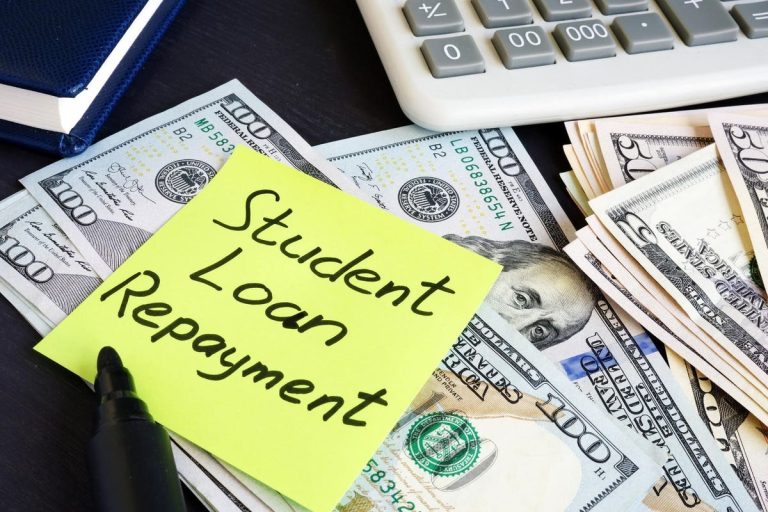While Biden’s student loan forgiveness plan was ultimately struck down by the Supreme Court of the United States, many borrowers will be able to benefit from a consolation prize known as the SAVE repayment plan. This income-driven repayment plan is essentially an upgrade to the existing REPAYE income-driven repayment plan, but it will pave the way to lower monthly payments (and often $0 monthly payments) for a larger selection of borrowers.
While some of the SAVE plan’s benefits have already gone into effect this year, the rest will start in July of 2024 – including some of the biggest changes.
Be aware that you don’t have to enroll in the SAVE plan if you’re already set up to pay your loans on the REPAYE plan. That’s because those currently enrolled in REPAYE will be automatically moved to the SAVE plan with nothing required on their part.
Which SAVE Plan Benefits Have Already Started?
The main purpose of the SAVE plan is helping borrowers get more affordable monthly student loan payments based on their income and other factors. Here’s a rundown of the benefits you can get if you enroll in this plan this year:
- Exclusion of spousal income for borrowers who are married and file taxes separately: This also means your spouse doesn’t need to co-sign on your income-driven repayment plan application.
- Increased income exemption from 150% to 225% of the poverty line: This means single borrowers who earn $32,800 or less or a family of four earning $67,500 or less will have $0 monthly student loan payments (income thresholds are higher in Alaska and Hawaii).
- No unpaid interest accumulation on subsidized and unsubsidized loans: This means borrowers with $0 payments or payments that are less than the interest charged on their loans won’t see their loan balances increase over time.
Some Student Loan Payments Will Drop in Half in 2024
The rest of the SAVE plan benefits, which include some of the most important ones, are set to launch in July of 2024. Ultimately, that’s when borrowers who switch to SAVE will see the bulk of the plan’s benefits come into play.
The most important benefit is the fact the SAVE plan cuts undergraduate student loan payments in half from 10% to 5% of discretionary income. Meanwhile, borrowers who have both undergraduate and graduate loans will pay a “weighted average” between 5% and 10% of their discretionary income based on how much they originally owed on their student loans.
Ultimately, this is why the SAVE plan is expected to help borrowers save at least $1,000 per year in student loan payments compared to other income-driven plans like Pay As You Earn (PAYE) and Income Based Repayment (IBR). Since the SAVE plan bases monthly payments on discretionary income that’s determined by family size and other factors, however, the lowest payments for each income threshold will go to larger families.
For example, enrollment in the SAVE plan will make it so a family of three with $60,000 in annual income pays just $34 per month toward their student loans on the SAVE plan, whereas one person with the same income would pay $227 per month. In the meantime, a family of four with the same income would pay $0 per month toward their loans.
Studentaid.gov also offers the following example of how student loan payments might compare using the old REPAYE formula and the new SAVE plan. Specifically, they say a single borrower who earns $38,000 per year would expect to pay $134 per month under the old REPAYE plan. On the new SAVE plan, however, the same borrower would pay $43 per month. That’s a savings of $91 per month.
Other Save plan benefits that start in July 2024 include the following:
- Automatic enrollment in IDR for some borrowers who make late payments: Borrowers who pay their student loans at least 75 days late can be automatically enrolled in income-driven repayment if they let the U.S. Department of Education look at their tax information.
- No lapse in progress toward forgiveness for borrowers who consolidate: Borrowers who consolidate their student loans won’t lose credit for a weighted average of payments that should count toward forgiveness “based upon the principal balance of the loans being consolidated,” writes studentaid.gov.
- Catch-up payments toward forgiveness: Studentaid.gov says borrowers will be offered the opportunity to make additional “catch-up” payments that can help them get credit for certain periods of deferment or forbearance.
- Certain periods of deferment and forbearance will count toward forgiveness: Some other periods of deferment and forgiveness will count toward forgiveness regardless.
- Enhanced forgiveness for borrowers who owe $12,000 or less: Finally, borrowers who owe $12,000 or less toward their federal student loans can have their remaining loan balances forgiven in ten years instead of 20. Borrowers with slightly more debt than the $12,000 threshold will have another year to wait for forgiveness based on each additional $1,000 owed.
The Bottom Line
While student loan payments won’t drop dramatically for borrowers on this plan until summer of 2024, you can still apply and get started on SAVE before monthly payments resume on federal student loans in October of this year.
From there, you may see your monthly student loan payments drop by half or even to $0 depending on your income and family size. There’s only one way to find out, so you might as well get started with the SAVE plan as soon as you can.
Read the full article here









